Kari Lilja, TkT, Erikoistutkija; Sirpa Sandelin, TkT, Yliopettaja
English version: Click the link
Tämän blogin olisi pitänyt ilmestyä jo viikko sitten, ehkä jo aikaisemminkin, mutta kiireellisemmät tekstit ja muut asiat ovat menneet edelle. Asiat, joita eräs entinen toimitusjohtajani olisi ehkä kutsunut sähläyskustannusten kerryttäjiksi. Sähläyksillä tuo monissa liemissä keitetty siltainsinööri tarkoitti heikon johtamisen, puutteellisen organisoinnin, huonon esimiestyön, vajavaisen ohjeiden noudattamisen ja huolimattoman työskentelyn aiheuttamia ylimääräisiä töitä. Ylimääräisistä töistä kertyi luonnollisesti ylimääräisiä kustannuksia, jotka rasittivat sekä projektien että yrityksen tulosta. Näitä sähläyskustannuksia sitten metsästettiin, ja niiden syitä yritettiin jäljittää ja korjata. Vahinko vain, että useimmissa tapauksissa yhtiö ylin johto joutui katsomaan peilistä itseään: Oliko ohjeistus riittävän selkeätä, oliko projekteilla riittävän kokeneet ja osaavat projektipäälliköt, toimiko valvonta ja oliko jatkuvan parantamisen idea todella jalkautettu, vai kuluiko alempien esimiesten aika korjaavien toimenpiteiden sijaan syyllisten etsimiseen ja osoittamiseen…
Sähläyskustannusten metsästäminen loppui ennen kuin se oli ehtinyt kunnolla alkaakaan.
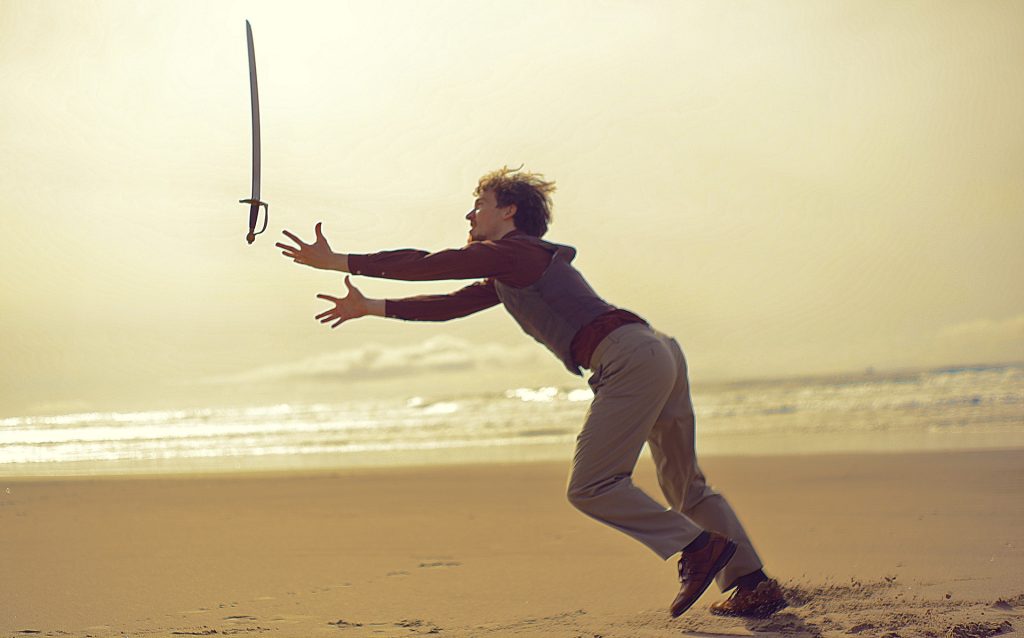
Edellisessä blogissamme puhuimme muutoksesta ja siitä, kuinka se on olennainen osa niin työelämää kuin ihmisten arkeakin. Uusien ihmisten tulo organisaatioon laukaisee yleensä muutosten ketjun, jonka vaikutukset ovat sitä suurempia, mitä ylemmäs organisaation hierarkiassa uusi henkilö asettuu. Ja kuten edellinen esimerkki osoitti, jokainen muutos ruokkii myös muutosvastarintaa. Aikaisempi johtoryhmä, joukossa yhtiön omistajia ja hallituksen jäseniä, pyrki tuossa tapauksessa vain suojelemaan omia kasvojaan, vaikka tavoitteena ei ollutkaan syyllisten etsintä vaan toimintojen tehostaminen ja parantaminen.
Hankkeissammekin olemme törmänneet niin muutoksiin kuin muutosvastarintaankin. Itse asiassa jotkut hankkeistamme pyrkivät ihan konkreettisesti vastustamaan muutosta tai ainakin lievittämään sen vaikutuksia. Puhumme siis ilmastonmuutoksesta, jonka torjumiseen omalta osaltaan pyrkii mm tanskalaisen korkeakoulun vetämä Sustainabuild-hanke, jossa SAMKin lisäksi ovat mukana ammattikorkeakoulu Belgiasta ja julkisrahoitteinen tutkimusorganisaatio Espanjasta. Ilmastonmuutoksen lisäksi muutos on koskettanut tätä hanketta henkilövaihdosten muodossa. Hankkeen ensimmäisen puoliskon aikana ainakin neljä ihmistä on vaihtunut tai astunut syrjään, joukossa hankkeen johtavan partnerin projektipäällikkö. Samanaikaisesti meillä on käynnissä myös muita hankkeita, joissa johtavan partnerin projektipäälliköllä ei aina välttämättä ole kokemusta EU-hankkeista tai ainakaan kyseisen ohjelman ja rahoituskanavan hankkeista. Tällä on luonnollisesti ollut vaikutuksensa kyseisten hankkeiden toimintaan ja toiminnan organisointiin.
Intohimo jonkun asian ajamiseen ei välttämättä korvaa kokemusta projektitoiminnassa.
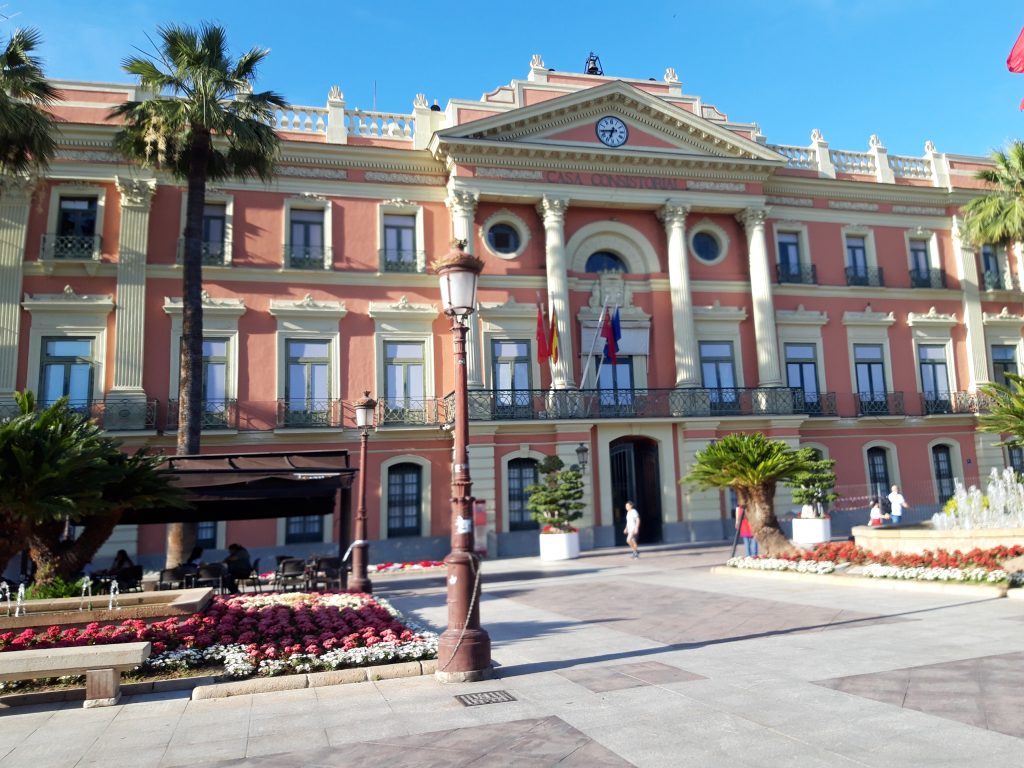
Sustainabuildin kolmas kansainvälinen tapaaminen pidettiin huhtikuun lopulla Murciassa, Espanjassa. Murcia on saman nimisen provinssin pääkaupunki noin 40 kilometriä suomalaistenkin tuntemasta Torreviejasta sisämaahan päin. Itse kaupunkikeskus on pienehkö ja sokkeloinen, keskiaikaista asemakaavaa noudattava kapeiden kujien ja vanhojen rakennusten kompleksi, jonka ahtautta lievitti muutama aukea tai tori, plaza. Kokouksen ohjelmaan kuului opastettu kaupunkikierros, jonka aikana, samoin kuin matkalla kokouspaikoille, kiinnitin huomion siihen, että vanhojenkin talojen katoilla näkyi, paitsi jo perinteisiksikin kutsuttuja aurinkoenergiaa hyödyntäviä vedenlämmittimiä, myös sähkön tuotantoon tarkoitettuja aurinkopaneeleita.
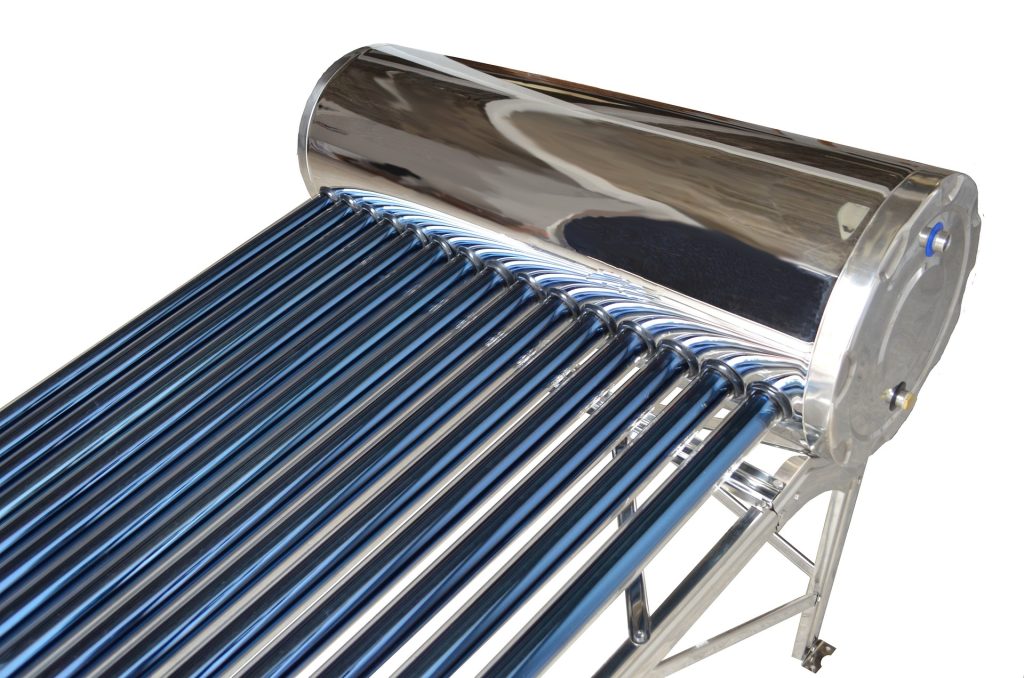
Ilmeisesti paikallinen museovirasto ja julkisivulautakunta ovat avarakatseisempia kuin meillä.
Maaseudulla näkyi aurinkopaneelikattojen lisäksi joitakin tuulivoimaloita, mutta yleisesti ns. vihreän energian tuotanto näytti ainakin tuolla alueella olevan vielä varsin pienimuotoista. Esimerkiksi vuorten paljaiden rinteiden potentiaalia ei oltu hyödynnetty lainkaan. Tähän on ehkä yhtenä syynä lainsäädäntö. Jokunen vuosi sitten Espanjan hallitus havahtui siihen, että omaan käyttöön tarkoitetun sähköenergian tuottaminen aurinkopaneeleilla uhkasi maan omaa ja perinteisten sähköyhtiöiden taloutta, ja alkoi rajoittaa aurinkosähkön tuotantoa. En tiedä, onko noita rajoituksia sittemmin purettu. Tuskin, koska tänä keväänä Murcian provinssi ilmoitti kieltävänsä aurinkosähkövoimaloiden rakentamisen keinokastelluille alueille. Syyksi ilmoitettiin pelko siitä, että yhä suurempi osuus ruuan tuotantoon soveltuvasta maasta menisi uusiutuvaa energiaa tuottavan energiateollisuuden käyttöön. Kielto, vaikka onkin ristiriidassa ilmastonmuutosta torjuvien tavoitteiden kanssa, on täysin kestävän kehityksen tavoitteiden mukainen. Kuuluuhan niihin pidättäytyminen toimista, jotka saattaisivat vaarantaa ruuan tuotannon.
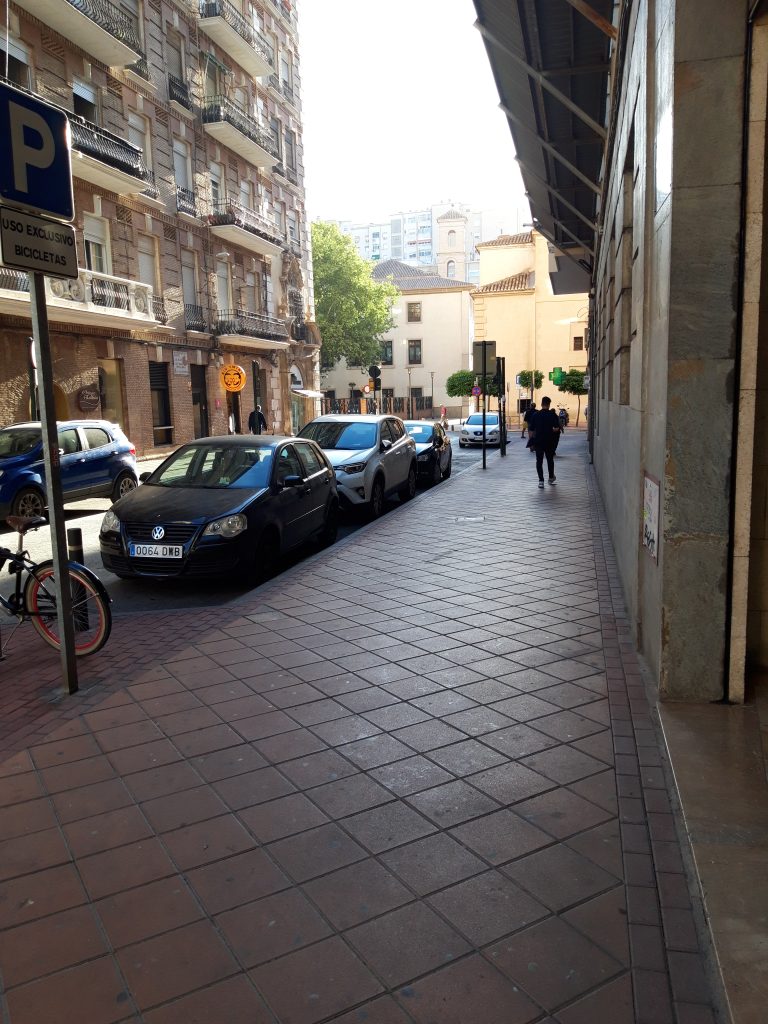
Toinen, ehkä enemmän rakentamisen ja kestävän kehityksen tavoitteet yhteen liittävä asia, johon kiinnitin huomiota, oli esteettömyys. Etenkin jalkakäytävien, liiketilojen ja julkisten rakennusten, kuten kirkkojen, esteettömyyteen oli kiinnitetty paljon huomiota. Liiketilojen sisäänkäynnit olivat samassa tasossa jalkakäytävien kanssa, kynnyksettömiä, ja vanhojen tilojen portaat oli usein korvattu luiskilla, jotka useimmiten olivat tarpeeksi loivia, jotta niitä oli vaivaton nousta heikommankin pyörätuolilla yksin liikkuvan tai pyörätuolia työntävän. Tai lastenvaunujen kanssa kulkevan.
Ilmeisesti Espanjassa, jossa perinteisesti on perhekeskeinen, vanhuksia arvostava ja lapsirakas kulttuuri, on ymmärretty, että esteetön ympäristö on koko ihmisen elinkaaren huomioon ottava ja siten kestävä ratkaisu.

English version
Better late than never
This blog should have been published a week ago, maybe even earlier, but more urgent texts and other issues have taken precedence. Issues that one of my former CEOs might have called the aggregator of costs caused by hassles. By hassles, that bridge engineer, boiled in many broths, meant extra work caused by weak management, insufficient organization, poor supervisor work, poor adherence to instructions and careless work. Extra costs naturally accrued from the extra work, which put a strain on the results of both the projects and the company. These costs of botches were then hunted down, and attempts were made to trace and correct their causes. It’s just a pity that in most cases the company’s top management had to look at themselves in the mirror: Were the instructions clear enough, did the projects have sufficiently experienced and competent project managers, did supervision work and was the idea of continuous improvement really implemented, or was lower managers’ time spent on finding and pointing out the culprits instead of taking corrective measures…
The hunt for blunder costs ended before it had even properly begun.
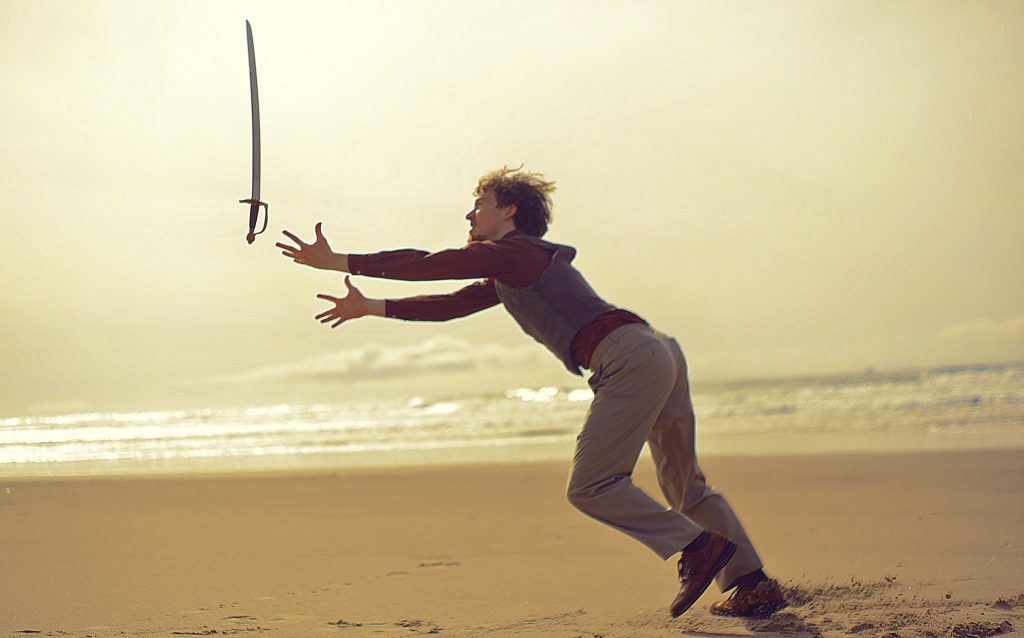
In our previous blog, we discussed about change, and how it is an integral part of both working life and people’s everyday life. The entry of new people into the organization usually triggers a chain of changes, the effects of which are greater the higher the new person is positioned in the organization’s hierarchy. And as the previous example showed, every change also fuels resistance to change. In that case, the previous management team, including the company’s owners and board members, only tried to protect their own faces, even though the aim of hunting was not to find the culprits, but to streamline and improve operations.
In our projects too, we have met both changes and resistance to change. In fact, some of our projects aim to concretely oppose the change or at least alleviate its effects. Thus, we are discussing about work against climate change, which is one of the goals of project Sustainabuild, led by a Danish university, in which, in addition to SAMK, a university of applied sciences from Belgium and a publicly funded research organization from Spain are also involved. In addition to climate change, change has affected this project in the form of personnel changes. During the first half of the project, at least four people have changed their job and stepped aside, including the project manager of the project’s leading partner. At the same time, we also have other projects ongoing, where the project manager of the leading partner does not always necessarily have experience with EU projects, or, at least, with the projects funded by the program and funding channel in question. This has naturally had an impact on the operation and organization of the projects in question.
Passion to work for something does not necessarily replace experience in project activities.
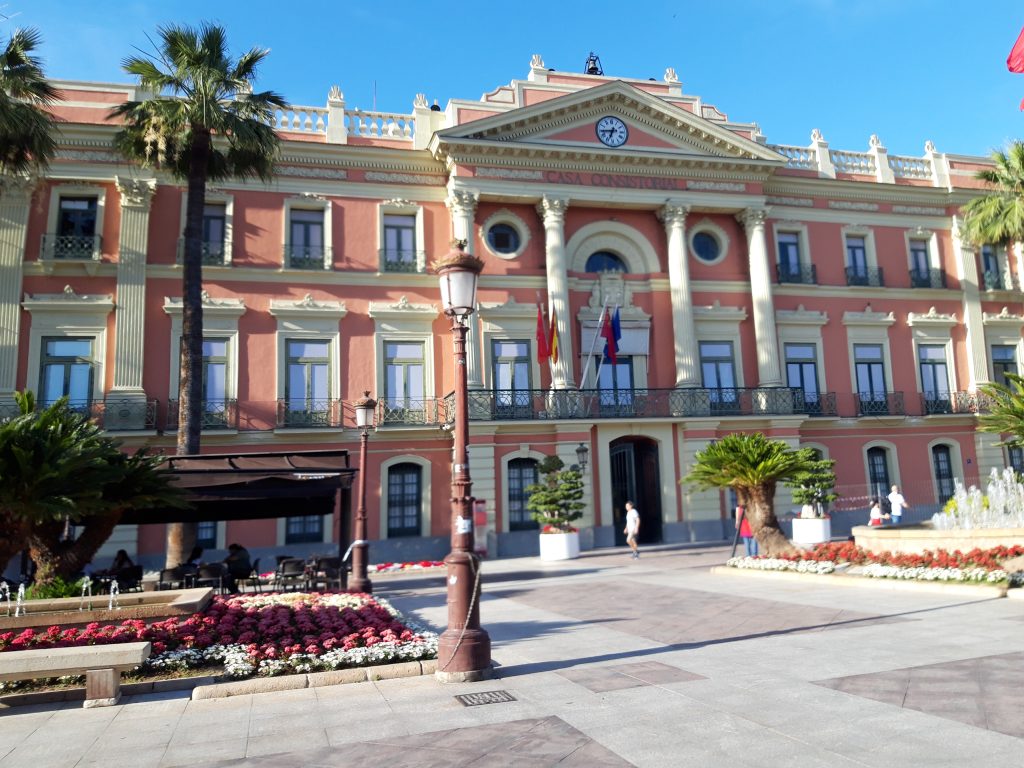
The third international meeting of the project Sustainabuild was held at the end of April in Murcia, Spain. Murcia is the capital of the province having the same name, about 40 kilometres inland from Torrevieja, known even to Finns. The city centre itself is a small and labyrinthine complex of narrow alleys and old buildings following the medieval layout, the narrowness of which was alleviated by a few open squares or markets, plazas. The program of the meeting included a guided city tour, during which, as well as on the way to the meeting places, I drew attention to the fact that on the roofs of old houses, in addition to the traditional solar heaters for water, there were also photovoltaic panels intended for electricity production.
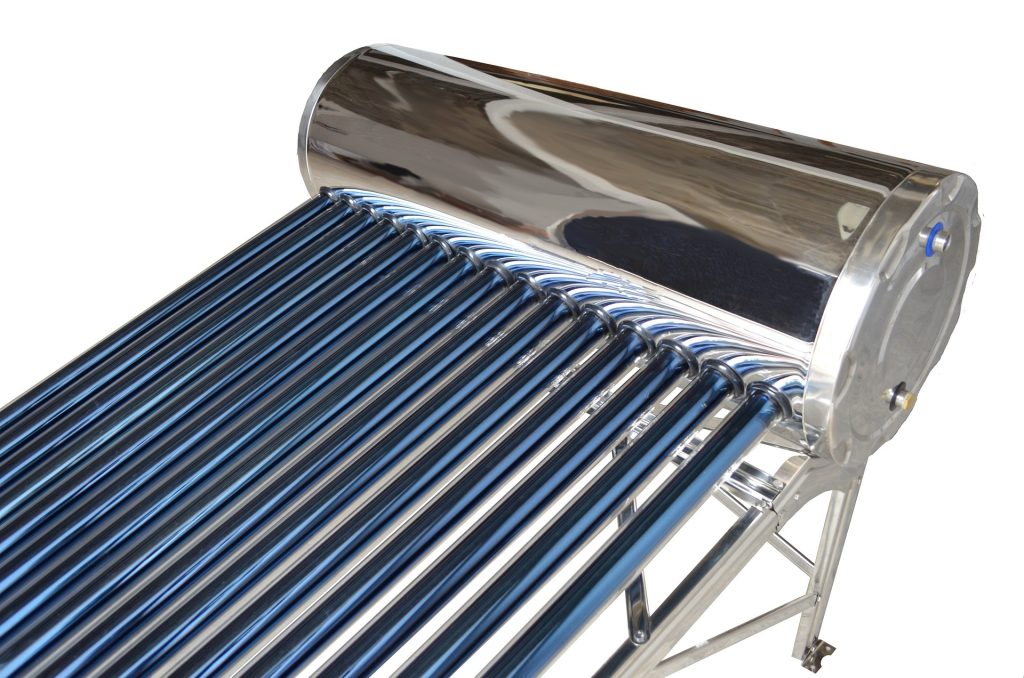
Apparently, the local Museum Agency and the facade committee are more open-minded than ours.
In the countryside, in addition to photovoltaic panels on the roofs, some wind turbines could be seen, but in general the so-called production of green energy seemed to be quite small-scale, at least in that area. For example, the potential of the bare slopes of the mountains had not been utilized at all. Legislation is perhaps one of the reasons for this. Some years ago, the Spanish government realized that the production of electrical energy with photovoltaic panels threatened the country’s own economy and the economy of traditional electricity companies and began to limit the production of solar electricity. I don’t know if those restrictions have since been revoked. I doubt, because early in this spring the province of Murcia announced that it would ban the construction of photovoltaic power plants in artificially irrigated areas. The reason given was the fear that an increasingly large proportion of the land suitable for food production would be used by the energy industry to produce renewable energy. The ban, even though it contradicts the goals of combating climate change, is fully in line with the goals of sustainable development. The SDGs include refraining from actions that could endanger food production.
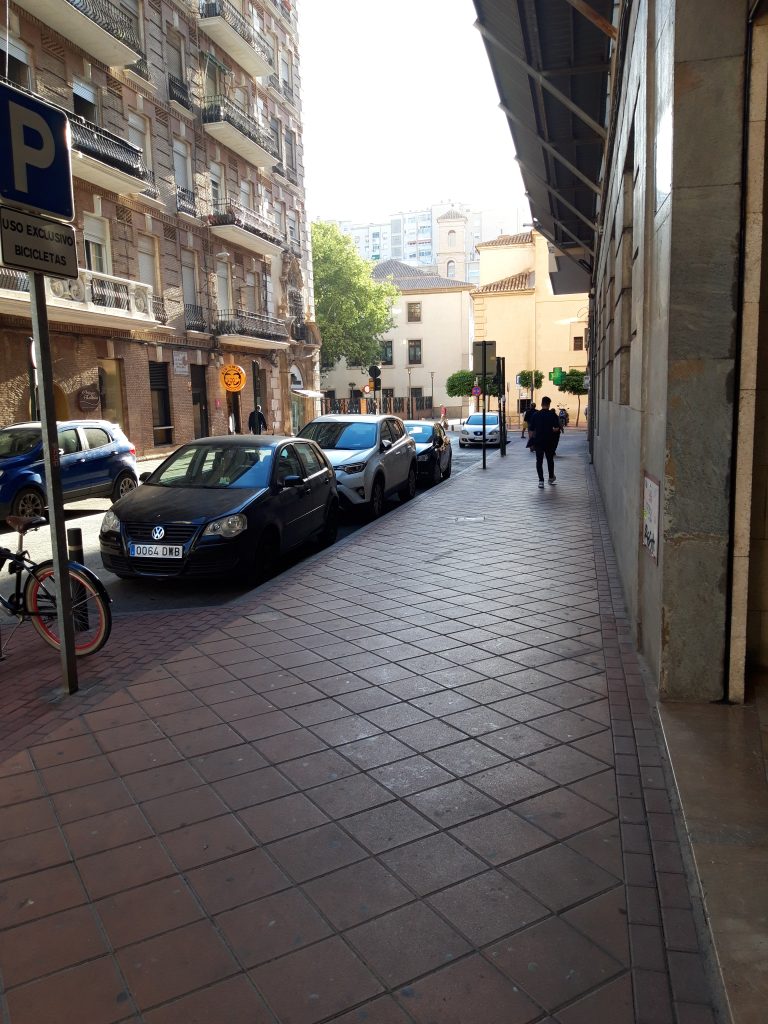
Another thing that I paid attention to, was accessibility. Accessibility is one of the issues that connects the goals of construction and sustainable development. In particular, lot of attention was paid to the accessibility of sidewalks, business premises and public buildings such as churches. The entrances to the business premises were on the same level as the sidewalks, without thresholds, and the stairs of the old premises were often replaced by ramps, which were mostly gentle enough to be easily climbed by even a weaker person in a wheelchair or someone pushing a wheelchair. Or with prams.
Apparently, in Spain, which traditionally has a family-oriented, elderly-appreciating and child-loving culture, it has been understood that an accessible environment is a solution that considers the entire human life cycle and is therefore a sustainable solution.

Artikkeli on kirjoitettu Euroopan unionin Erasmus+ -ohjelman rahoittaman Sustainabuild -hankkeen puitteissa. Vastuu artikkelissa esitetyistä näkemyksistä on yksinomaan kirjoittajilla.
This article was written in the framework of the Sustainabuild-project funded by the European Union’s Erasmus + program. The sole responsibility for the views expressed in this article lies with the authors.

